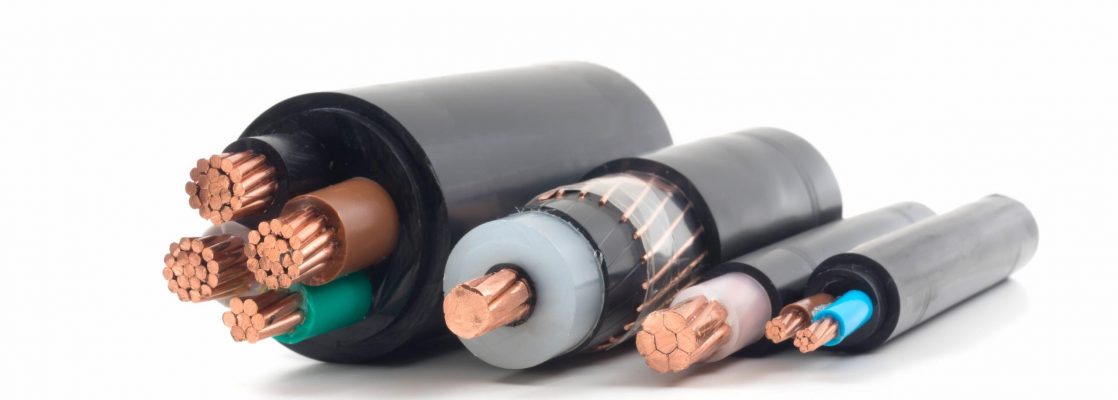
In the realm of power distribution, the selection of the right type of wire for power lines is crucial to ensure efficient and reliable electricity transmission. Various factors come into play when determining the appropriate wire type, including conductivity, strength, and environmental considerations. Let’s delve into the world of power lines and explore the different types of wires commonly used in this critical infrastructure.
- Aluminum Conductors: Aluminum conductors are widely utilized in power lines due to their lightweight nature and excellent conductivity properties. They are cost-effective and offer good corrosion resistance, making them suitable for long-distance transmission lines. Aluminum conductors are often preferred for high-voltage transmission lines where efficiency is paramount.
- Copper Conductors: Copper conductors are known for their superior conductivity compared to aluminum. While copper is more expensive than aluminum, it offers lower electrical resistance, making it ideal for applications where high efficiency is required. Copper conductors are commonly used in distribution lines and areas with high power demand.
- ACSR (Aluminum Conductor Steel Reinforced): ACSR is a type of power line conductor that consists of a central steel core surrounded by aluminum strands. This design combines the strength of steel with the conductivity of aluminum, resulting in a versatile conductor suitable for both overhead transmission and distribution lines. ACSR conductors are known for their high tensile strength and durability.
- AAAC (All Aluminum Alloy Conductor): AAAC conductors are made of aluminum alloy strands, offering a balance between conductivity and strength. These conductors are lightweight and corrosion-resistant, making them suitable for various power line applications. AAAC conductors are often used in areas prone to harsh weather conditions or corrosive environments.
- Catenary Wires: Catenary wires are used in electrified railway systems and urban transit networks to supply power to trains and trams. These wires are typically made of copper or aluminum and are designed to withstand mechanical stress and environmental factors. Catenary wires play a crucial role in providing reliable power supply for rail transportation systems.
In conclusion, the type of wire used for power lines plays a significant role in the efficiency and reliability of electricity transmission. By understanding the characteristics and applications of different wire types, power distribution engineers can make informed decisions to ensure the seamless operation of electrical grids. Whether it’s aluminum conductors for long-distance transmission or copper conductors for high-demand areas, each wire type serves a specific purpose in the intricate network of power lines that power our modern world.

